Fifty-nine years ago, Elder Gordon B. Hinckley, the assistant to the Quorum of the Twelve Apostles of The Church of Jesus Christ of Latter-day Saints at the time, dedicated the Philippines for missionary work.
It was in 1961.
Since then, the Church has seen tremendous growth in terms of membership, stakes (dioceses) and wards (congregations), mission areas as well as temples.
In 2021, as the Church will celebrate the 60th anniversary of its presence in the country, the number of Church members will have reached almost 900,000.
Such accelerated growth is a testament to the faith and dedication of the early Latter-day Saint pioneers.
Expansion of the Missionary Work All Over the Philippines
| Temple Square is always beautiful in the springtime. Gardeners work to prepare the ground for General Conference. © 2012 Intellectual Reserve, Inc. All rights reserved. | 1 / 2 |
After 1961, the Church began to spread not only in the provinces of Luzon but also in the Visayas and Mindanao. New missions opened and missionaries spread the gospel to those who would listen.
In Cebu, the first missionaries arrive in the fall of 1966. As the majority of the island’s population are Christians, it was not long before the missionaries were able to find families to teach and convert to the Church of Jesus Christ.
The Abanggan Family
It was in 1968 when Teresita (Tess) Ellingsen (nee Abanggan), daughter of Mauricio and Florentina Abanggan, first met two missionaries. She was 17 years old at the time.
She recalled that she was outside their old Spanish house in Punta Princesa, Cebu City, sweeping fallen leaves, when two foreign missionaries in white shirts, neckties, and briefcases spotted and approached her.
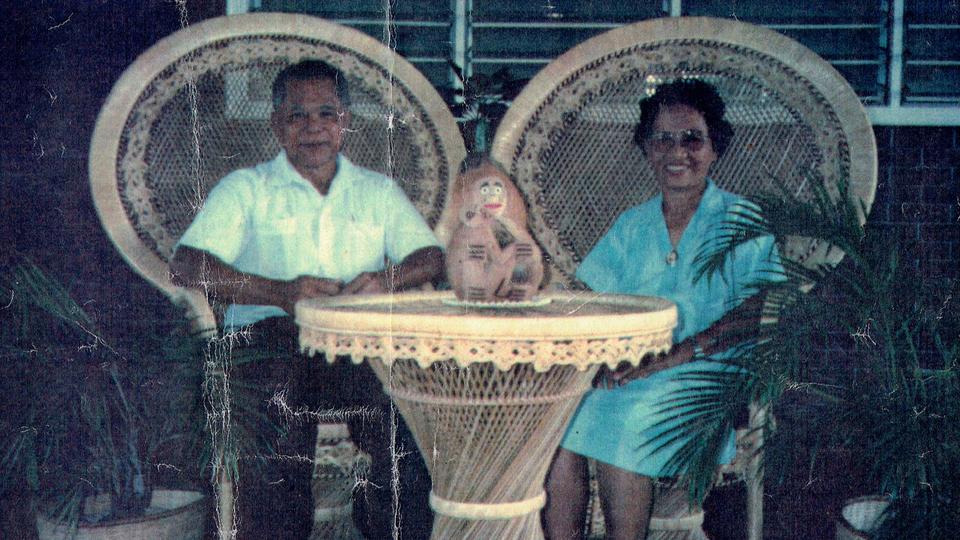
Abangan,-Mauricio-and-Florentina-Abangan.jpg
Mauricio and Florentina Abanggan, patriarch and matriarch of the family.© 2020 by Intellectual Reserve, Inc. All rights reserved.At first, she thought they were pharmaceutical representatives. She later learned that they were full-time missionaries of the Church. “It was shocking to us to hear such religion, especially the name ‘Mormons’,” Tess recalled.
A few days later, the missionaries returned to their home to meet the entire family, including Tess’ sisters Flora and Nila, and their younger brother, Delfin.
Their first meeting left an impression on the family when the missionaries started their meeting with a prayer. They didn’t know how members of the Church prayed, but the Elders asked them to close their eyes and bow their heads before one of them said a prayer straight from the heart and not from a prayer book.
“We were raised in a very Catholic religion and only know the Hail Mary and Our Father’s prayer and the prayers in the prayer book,” Tess shared.
Tess described that his father, Mauricio, was the only one in the family who was not active in Catholicism or any religion. However, he welcomed preachers from other faith groups and listened to their lessons. He also participated in religious discourses without discriminating one over the other. Nevertheless, he never converted.
During their first meeting, the missionaries gave them a copy of the Book of Mormon and asked to read it from cover to cover. They also explained that the Bible and Book of Mormon compliments one another.
Soon after their first meeting, the Abanggan Family started receiving the full missionary discussions and learned more about the Church and its doctrines. Tess described the changes she saw in her father since the first visit.
When the missionaries taught the Church’s health code called the Word of Wisdom, his father asked one of them to throw away coffee in their kitchen, which surprised all of them including the two elders.
When they extended an invitation to attend Sunday service, which was at a two-story house, her father attended and never missed a Sunday. Tess recalled that her father would wear a white polo shirt and black pants.
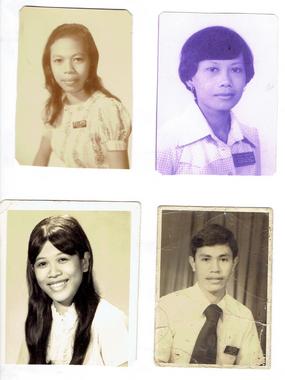
Abanggan-first-4-missionaries.jpg
The four Abanggan siblings after serving missions. © 2020 by Intellectual Reserve, Inc. All rights reserved.On February 22, 1969, Mauricio Abanggan accepted the restored gospel and was baptized into the Church. Two weeks later, her mother and her sister Flora joined. Tess later joined the Church.
“Our family was not baptized together,” she said. “Each of us individually and truly studied and prayed about the truthfulness of the gospel and submitted ourselves to baptism only after the confirmation of the Holy Ghost within us.”
Mauricio Abanggan became the first Filipino branch (small congregation) president in Cebu City. The rest of the Abanggan Family served in different capacities up to this day. Florentina, her mother, served as Relief Society president. Tess’s sister, Nila became the first Filipino sister missionary from Cebu. Tess served as a district missionary and helped missionaries with their contacts. Her other siblings, Flora and Delfin, also served missions.
Throughout their membership in the Church, the Abanggan Family has served in various callings that helped contribute to the growth of the Church in Cebu.
The San Gabriel Family
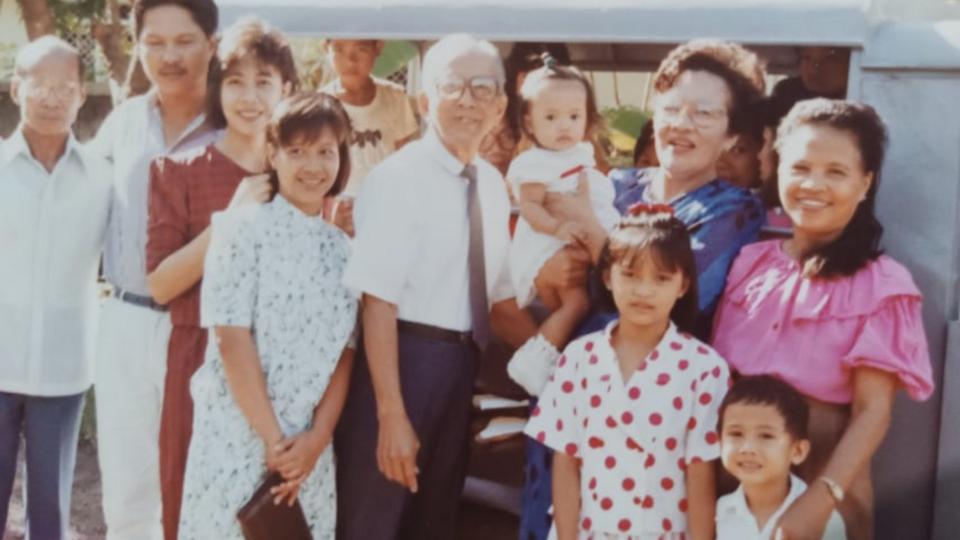
Like most provinces in the Philippines, Kalibo, Aklan has a strong, rich history of the Roman Catholic faith. Because of the deeply rooted Christian tradition, many Filipino families were ready to listen and embrace the gospel of Jesus Christ. Although not without challenges.
Such was the experience of the San Gabriel family in Kalibo, Aklan. It was in 1974 when the missionaries arrived in Kalibo. In June of the same year, the family met the missionaries.
Jose San Antonio San Gabriel, the third child of seven siblings, narrated the events that led to their conversion.
Antonio was with his father, Ruben, in the front of their house talking when they saw two tall men in white shirts and neckties approaching them. It was 6:00 p.m. and dark because the sun had set, and there was a power outage in their community.
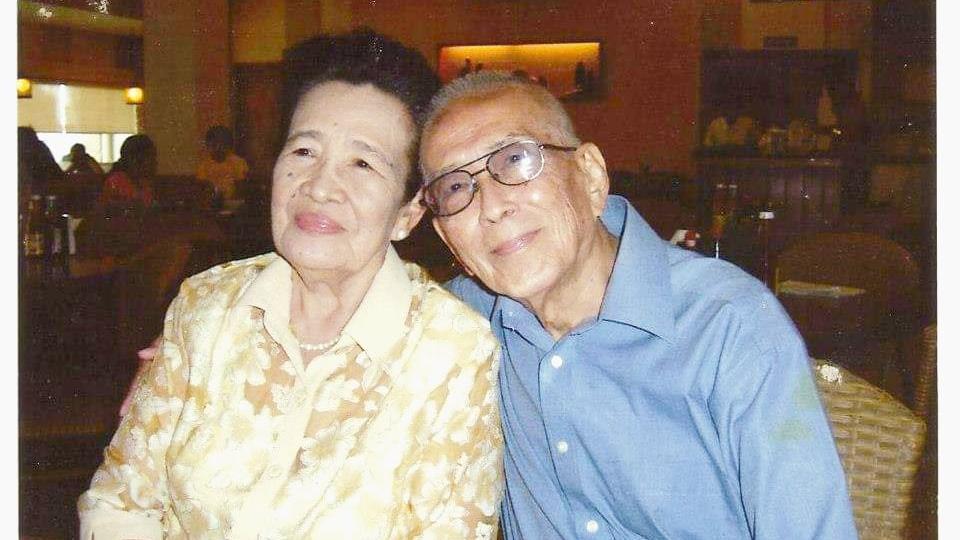
Antonio shared that during that time, his father experienced something that changed the course of their family’s history.
He shared that when his father was walking towards the house after closing the gate, he felt his chest heavy and burning. He clung to the metal bar beside the driver’s seat of their old family jeepney and anticipated a heart attack.
It never materialized, however, and instead, Ruben heard a voice speaking to him that led him to open the gate and invite the missionaries in.
Three months after that fateful encounter, the San Gabriel family were baptized and became the fourth family in Kalibo to become members of the Church.
Despite the happiness they felt, their transition was not as smooth sailing as they hoped it would be.
“The greatest challenge to our conversion came right after baptism,” Antonio shared. “And because of the severe persecution from our own families and relatives and being tender in the church, we found ourselves attending two Sunday services.”
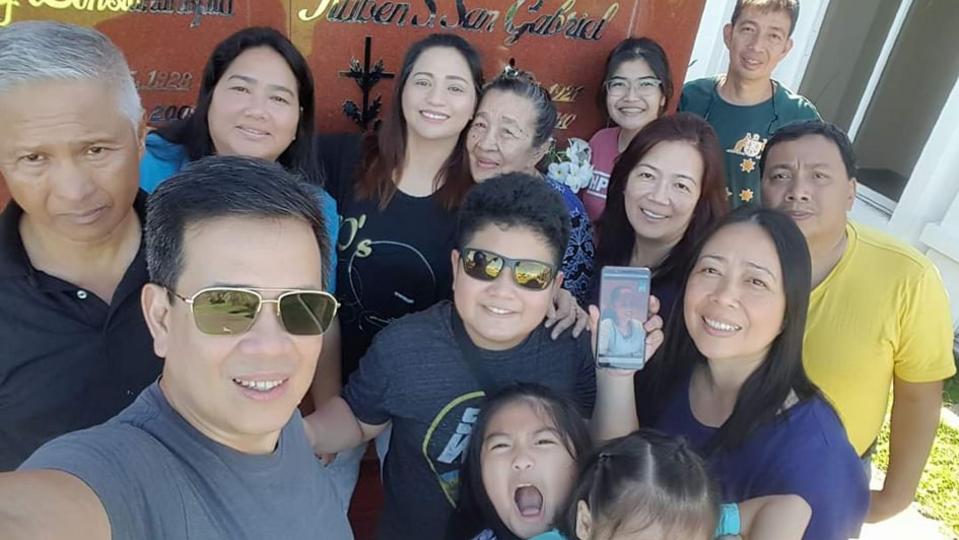
Ruben’s struggles were eased after he asked the Lord through fervent prayer and received the courage that led his family to full activity in the Church despite opposition on both sides.
In December 1974, Several months after the family’s conversion, the San Gabriel patriarch became the first branch president in the newly organized branch in Kalibo. A few years later, Ruben became the first district (small diocese) president.
Ten years later, on 28 September 28, 1984, the San Gabriel family received the sealing ordinance (religious rites) at the Philippines Manila Temple.
“I will be forever grateful to my father and mother, who despite repeated threats, intimidation and persecution, have remained faithful and strong up to his death in August 2010,” Antonio shared. “Our father was our pillar of strength at a time when our testimonies were tender and tentative in a new church called The Church of Jesus Christ of Latter-day Saints.”